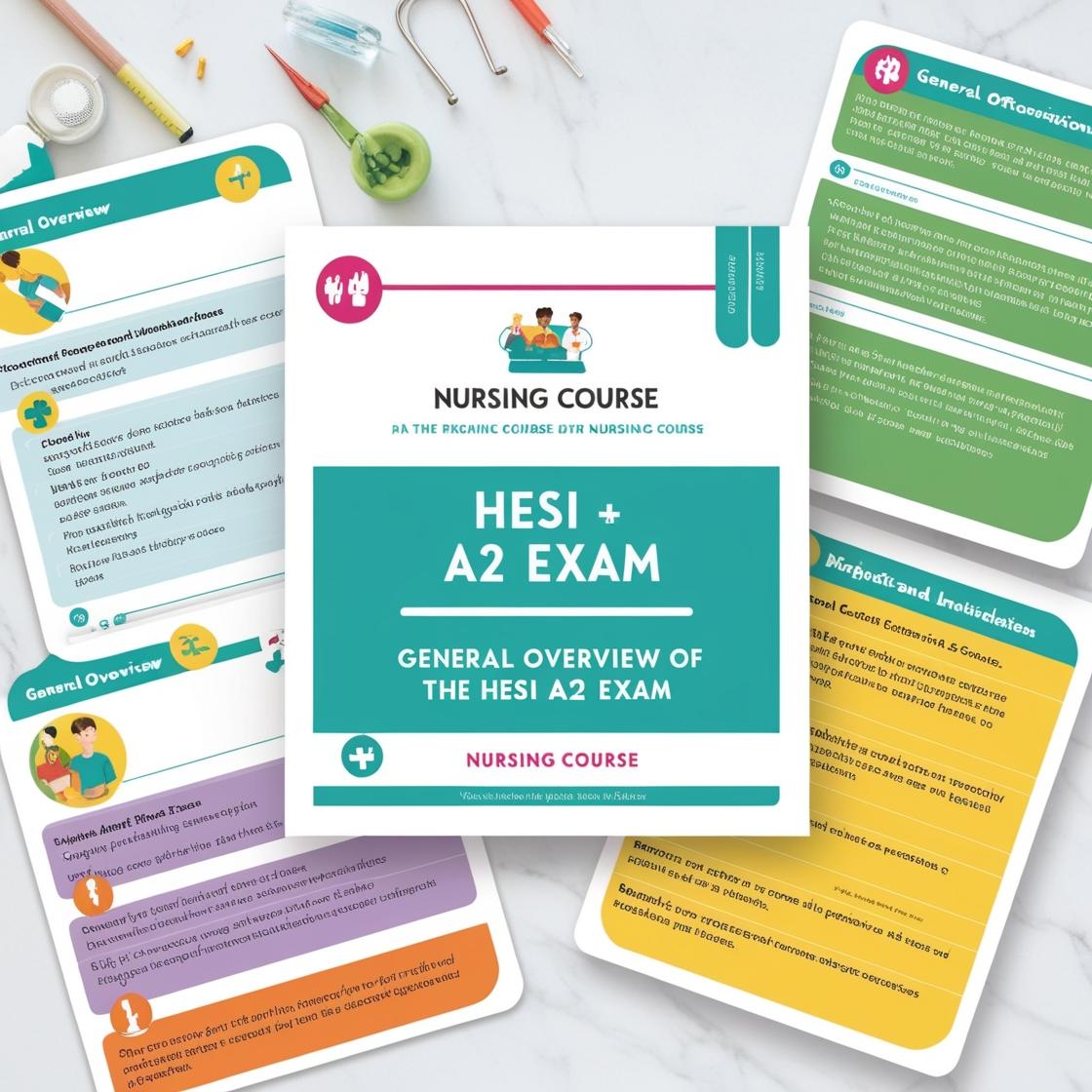HESI A2
Quizlet HESI A2 Anatomy and Physiology
1. Which of the following is not a component of the central nervous system?
- A. Brain
- B. Heart
- C. Retina
- D. Spinal cord
Correct answer: B
Rationale: The central nervous system comprises the brain and spinal cord, responsible for processing and transmitting information. The retina, though part of the eye, is an extension of the central nervous system. However, the heart is part of the circulatory system, responsible for pumping blood throughout the body. Therefore, the correct answer is the heart as it is not a component of the central nervous system.
2. Which of the following is a structure found in the upper respiratory tract?
- A. Pharynx
- B. Larynx
- C. Trachea
- D. Esophagus
Correct answer: A
Rationale: The pharynx is a structure found in the upper respiratory tract. It serves as a common pathway for both air and food, playing a crucial role in directing air to the trachea and food to the esophagus. The larynx, trachea, and esophagus are important structures in the respiratory and digestive systems, but the pharynx specifically belongs to the upper respiratory tract, making it the correct answer.
3. Which of the following is a structure found in the upper respiratory tract?
- A. Larynx
- B. Pharynx
- C. Esophagus
- D. Trachea
Correct answer: B
Rationale: The pharynx is indeed a structure located in the upper respiratory tract. It acts as a common passageway for both air heading to the lungs and food traveling to the esophagus, making it a vital structure for breathing and swallowing functions. The larynx, trachea, and esophagus are also part of the respiratory and digestive systems but are not specifically located in the upper respiratory tract. The larynx is situated below the pharynx, while the trachea is found below the larynx, and the esophagus is part of the digestive system, not the respiratory tract.
4. Which organ is involved in the immune system?
- A. Heart
- B. Bronchi
- C. Appendix
- D. Esophagus
Correct answer: C
Rationale: The correct answer is the Appendix. The appendix is now known to play a role in the immune system by housing beneficial bacteria that aid in maintaining gut health and supporting immune responses. This organ contributes to overall immune function. Choices A, B, and D are incorrect as the heart, bronchi, and esophagus are not primarily associated with the immune system.
5. What is the primary function of hemoglobin in the blood?
- A. Transporting oxygen
- B. Carrying nutrients
- C. Clotting blood
- D. Removing carbon dioxide
Correct answer: A
Rationale: The correct answer is A: Transporting oxygen. Hemoglobin, a protein found in red blood cells, plays a crucial role in transporting oxygen in the blood. It binds to oxygen in the lungs forming oxyhemoglobin and carries it to tissues and organs throughout the body. Once at the destination, hemoglobin releases the oxygen for cellular respiration, providing energy for various physiological processes. Choices B, C, and D are incorrect as hemoglobin's primary function is not carrying nutrients, clotting blood, or removing carbon dioxide. These functions are carried out by other components in the blood such as plasma proteins, platelets, and red blood cells, respectively.

Access More Features
HESI A2 Basic
$89/ 30 days
- 3,000 Questions with answers
- 30 days access
HESI A2 Premium
$129.99/ 90 days
- Actual HESI A2 Questions
- 3,000 questions with answers
- 90 days access
